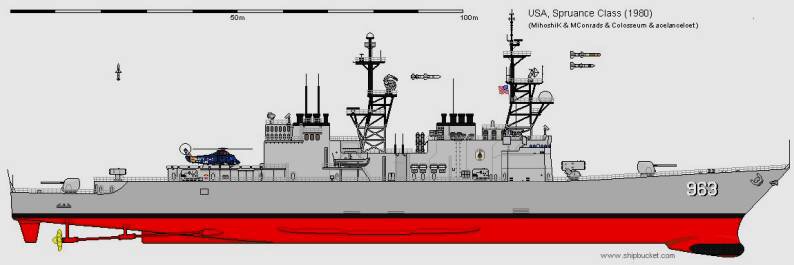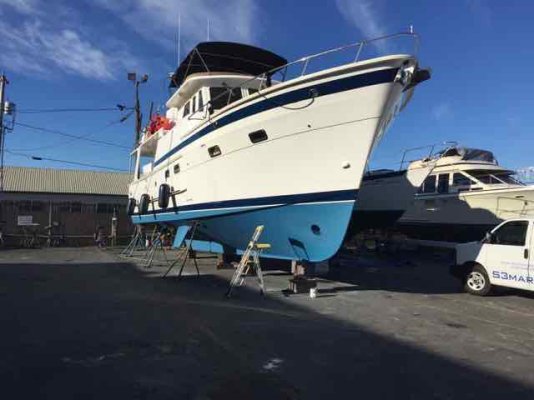Interesting thread. It's given that most of us here have had enough conversation about FD and SD hulls that while individual characteristics exist, performance assumptions don't. There seems to be a gray area of either hull that closely approaches the performance of the other. I've had the opportunity to observe a Krogen 39 with 6 sq. ft. fins operating in almost identical ICW water traffic as the only successfully fin-stabilized Krogen Manatee I've ever known of, also with 6 sq. ft. of fin surface. These are both Krogen FD hulls but are so vastly different in design and behavior as to make them nearly incomparable. The 39 is a true "tub" with a easy, predictable roll. The Manatee is hard-chined and has a better "initial" roll resistance, but being inside each hull and watching the fin angle gauges working is all you'll ever need to get a perspective on how much more work it is to stabilize the "initially stable" Manatee design over the 39 tub. With the passing wakes of the typical center-console boats, you'll see the Manatees fins pegging to keep a lesser roll from happening while the 39's fins remain in a relaxed, but perhaps slightly longer swim. The only other fin-stabilized Manatee I've read about ended up being an abandoned effort for that reason. Once it got on a beam wave for a long enough duration, it's tendency was to "fall off" the wave with a sudden, increased roll, noting that the fin on the rising side occasionally came out of the water. This left the remaining fin on the downside of the wave still resisting and was likely responsible for the sudden increased angle of roll. The text went on to indicate that it didn't feel any more dangerous than having no fins, but why even have them in the first place. After the forth set of seals in as many months, they removed the system. I don't know how the fins were mounted or even what brand the system was, but the report gave credence to the idea that flatter-bottomed hulls, FD or not, will eventually take the shape of the wave.
For my own Manatee, I asked the best known NA on this site if he could design a paravane rig for me and he noted, affirmatively, that the vessel's design was almost "too stable" and would require a heck of a rig to do it. When I look at other FD hulls like the Great Harbour, for example, it seems logical that when attempting to stabilize any hull designed to have more initial (I said initial) roll resistance would need a rig able to transfer much greater leverages, as pointed out by Eric, perhaps leverages that would make the hull design itself the limiting factor.
I have to concur that the effectiveness of an anti-roll device would probably work equally on FD or SD hulls, provided that both the device and the hull were designed to take the stresses. Also, that the average FD mono-hull is likely a better choice for open water than the average SD mono-hull at hull speeds, but at greater than hull speeds, I'm not aware of any true FD mono-hull candidates to speak about.





